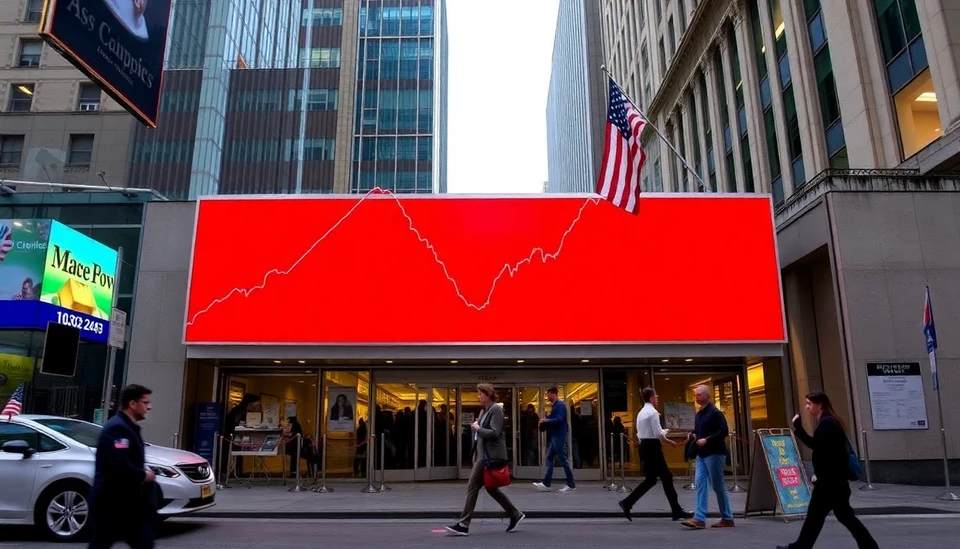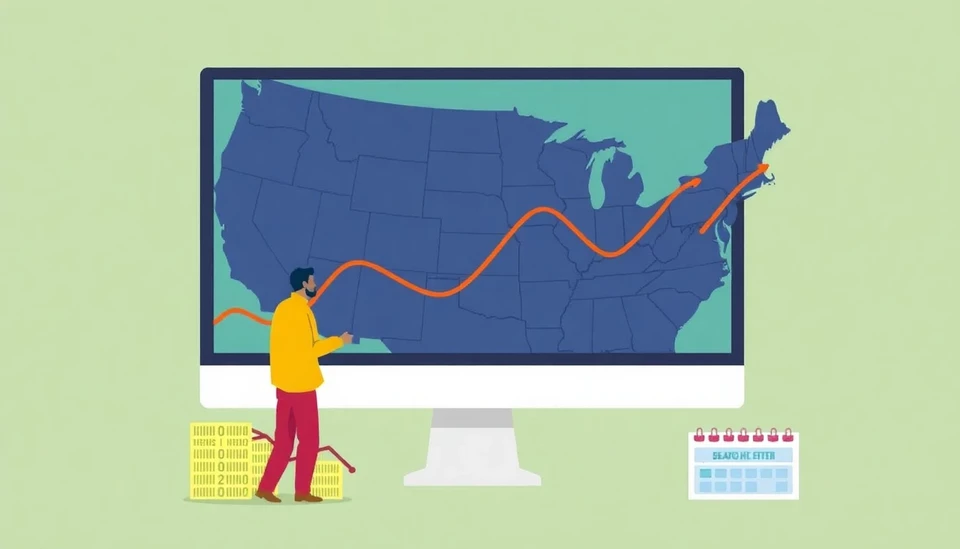
The U.S. services sector showed signs of retreat as the recent gauges indicated a slowdown in the pace of order growth, sparking concerns about the overall economic outlook. This cooling effect comes after continuous expansion in the sector, which is pivotal to the U.S. economy, as it comprises a significant portion of GDP and employment.
A notable report from the Institute for Supply Management (ISM) detailed that the services index fell to 55.2 in January from 56.5 in December. While any figure above 50 still indicates expansion, the drop suggests a deceleration. Analysts had anticipated a more moderate decrease, expecting the index to settle around 56.0.
The report also highlighted a decline in new orders, which fell to 53.6, from 57.6 in the previous month. This decrease is particularly telling as it points to a reduction in demand that could impact future growth. Respondents to the survey expressed concerns about inflationary pressures and ongoing supply chain challenges, which seem to be weighing on their business operations.
Another crucial aspect of the survey was the employment index, which dropped to 49.6, indicating a contraction in hiring within the services sector for the first time since March 2020. This suggests that businesses may be taking a cautious approach in response to economic uncertainties, reversing the hiring spree seen in the previous months.
Furthermore, the prices index showed an increase, rising to 61.3 in January from 60.0 in December. This uptick in prices reflects ongoing cost pressures that may persist despite a general cooling of demand. The combination of rising prices and decreasing orders could lead to a challenging environment for service providers as they navigate profitability amidst changing economic conditions.
Market analysts are closely monitoring these developments, as the services sector is a key driver for the U.S. economic momentum. The retreat in order growth raises questions about consumer spending and overall economic stability moving forward. With inflation remaining a persistent challenge, businesses are urged to adopt flexible strategies to mitigate impacts on their bottom line.
As we look to the coming months, it remains to be seen how the combination of slower order growth and inflationary pressures will shape the U.S. services landscape. Economists emphasize the importance of this data, positing that it may have implications for monetary policy and future economic forecasts.
In summary, while the U.S. services sector is still expanding, the latest data suggests a more cautious and potentially turbulent path ahead. Stakeholders across various industries will need to stay vigilant as they adapt to evolving economic indicators and consumer behaviors.
#USServices #EconomicGrowth #OrderGrowth #Inflation #ISMSurvey #EmploymentTrends #EconomicOutlook
Author: Daniel Foster




